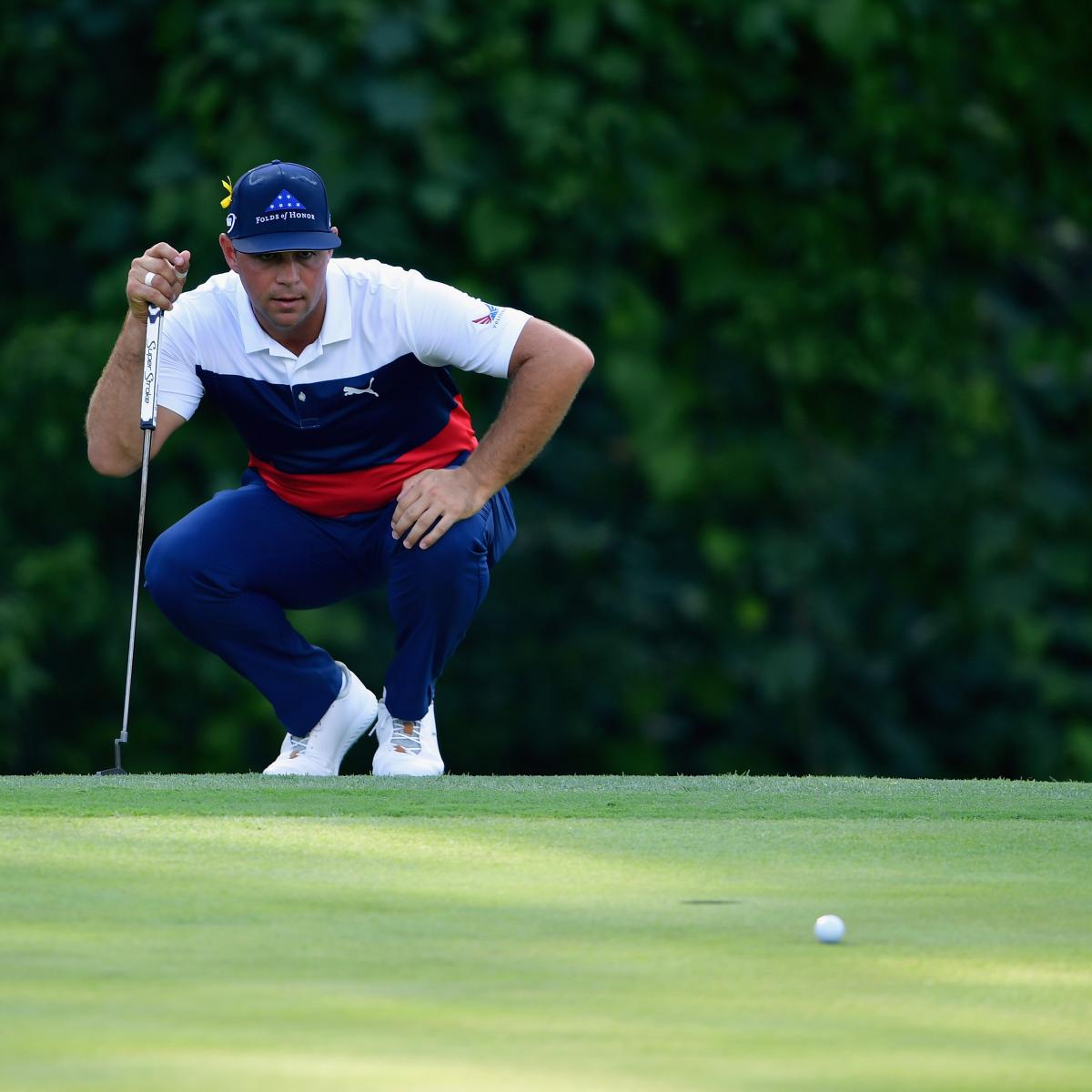
The Art of Putting
Follow These Steps To Find The Cup More Often
There are many factors to consider while putting on the greens. Is my putt uphill or downhill? How fast are the greens? How much slope is there? Is the slope to the left or to the right? Is there a double break?
Is there wind or grain present that will affect the line and/or the speed, or both? If so, how much?
Follow the process I’ve outlined below to learn to view any putt and choose the optimum line that matches the speed you’ve chosen in order to hole more than your share of putts.
Considering this information all at once may seem overwhelming.
However, using a concept I call “spotputting” will improve your putting skills and thus your scores.
Even the best putters are making an educated guess of both the line and pace for each putt they hit. What these exceptional putters use is a stockpile of experience and knowledge, having practiced their putting in a most efficient way. By following the pictures and drills outlined below, your understanding of your own tendencies will improve—as well as your scores.
Many exceptional putters also use spotputting, which I define as “envisioning a spot on the green to aim at to ensure optimum putting accuracy.”
WHERE IS THE SPOT
In other words, what is the imaginary spot to aim at that will produce the best result for each putt?
Set Up: Imaginary Target
Set up an “imaginary” target on the putting green, represented by a yellow disc. If you don’t have a disc a coin or tee would work as well. Choose your spot appropriately.
Second-guessing your line and/or speed either consciously or subconsciously may cause compensations in your stroke. Once chosen, a confident stroke at your “spotputting” imaginary spot will almost always lead to an acceptable result, either a make or, at worst, a tap-in.
PICKING YOUR SPOT
How is the spot chosen? The process I recommend is to compare each putt to a STRAIGHT FLAT PUTT and make an educated guess at your “spot.” Ranked in order of importance, the steps to consider are:
- First, what amount of speed will it take for the putt (should you happen to miss slightly) to finish two feet past the cup?
- Second, given that speed what line would be most likely to make the putt?
- Third, what other factors are present? Grain? Wind? How do they change my spot if those factors are present?
- Fourth, once the spot is chosen, all thought goes into “feeling” the length of stroke required to hit that spot.
TRIAL, ERROR AND SUCCESS
Simple drills utilizing the process of trial and error will help you to improve the accuracy of your choice of spot.
Suppose you guess wrong? Use that information to hit another practice putt.
Let’s say you made a great stroke but just chose the wrong “spot” to putt at. How far left or right did you miss? How far past or short of the cup the putt finished will help you choose a better spot to aim at. For instance, if the putt finished past the cup five feet you would move your imaginary spot three feet closer to you (Five feet minus two feet equals 3 feet)
Utilizing drills, along with practice with a “Putting Arc” to groove your stroke, you will be ready to putt consistently and score well.
Why the putting arc? It is an extremely efficient use of time to groove your stroke. Simply use the arc two or three minutes two or three times per week. Using an “Anser” shaped putter, where the heel of the putter is perpendicular to the face, will ensure the face stays square to the target during your stroke. Using the arc will improve your contact, the length of your stroke, and your clubface control.
Brad Worthington, PGA
